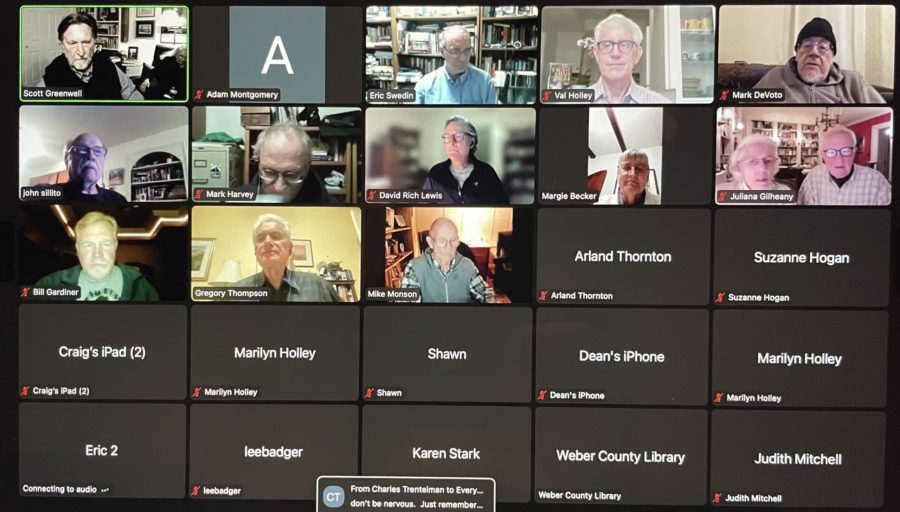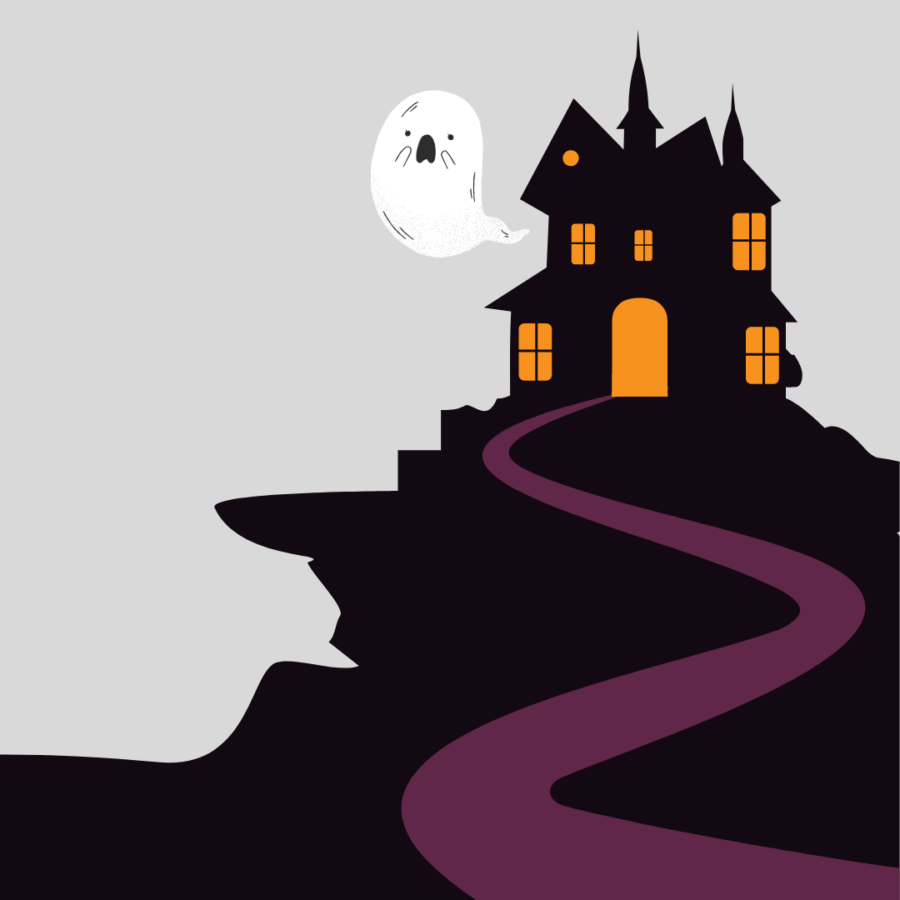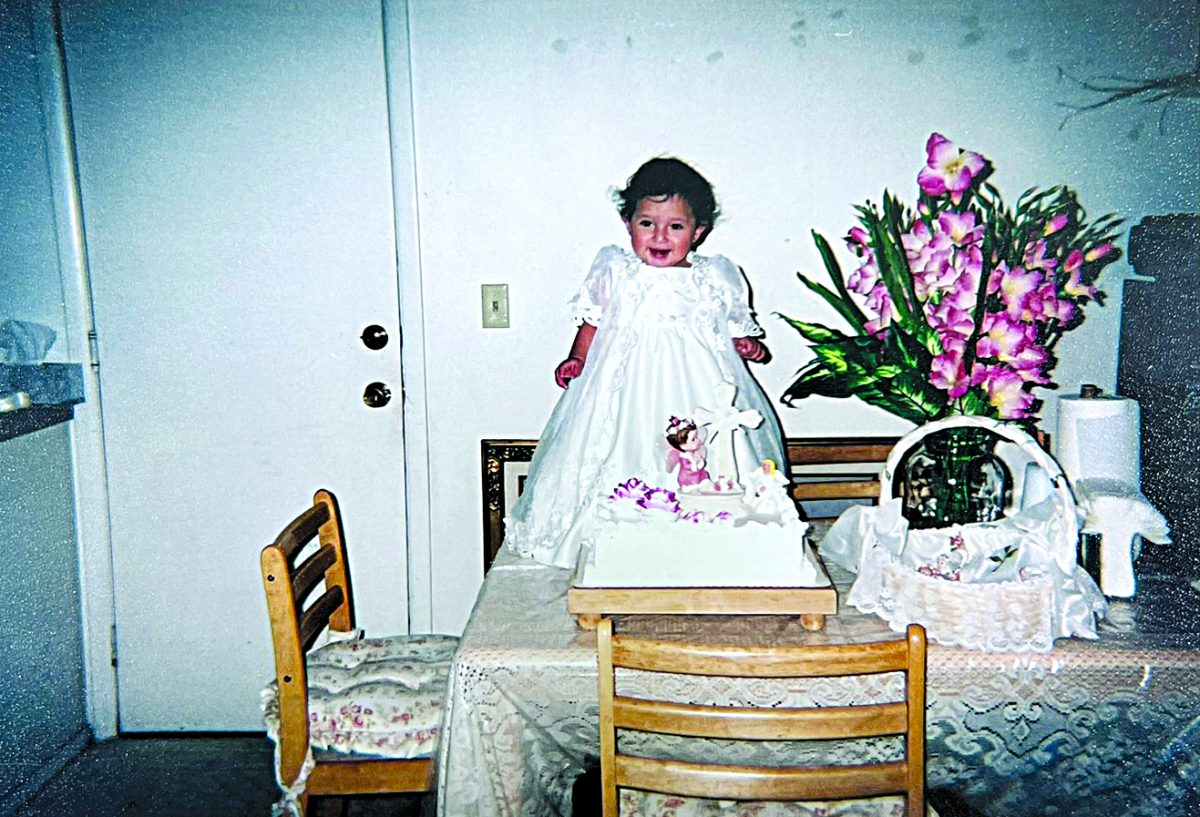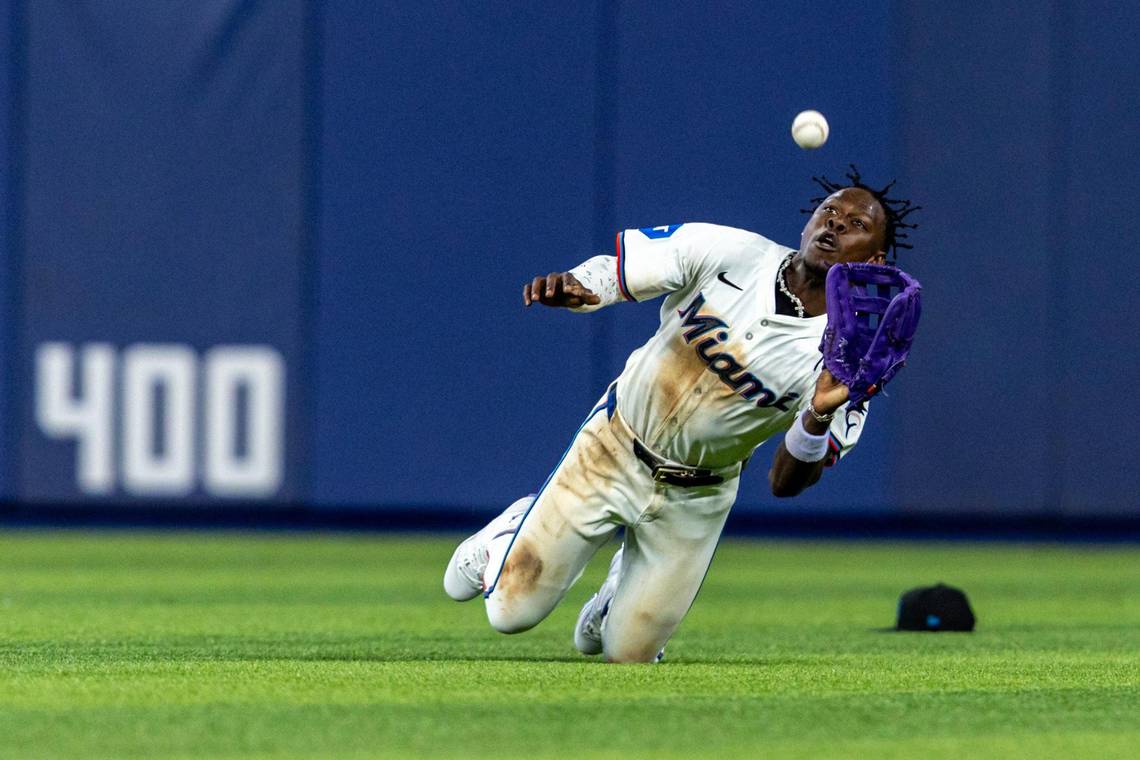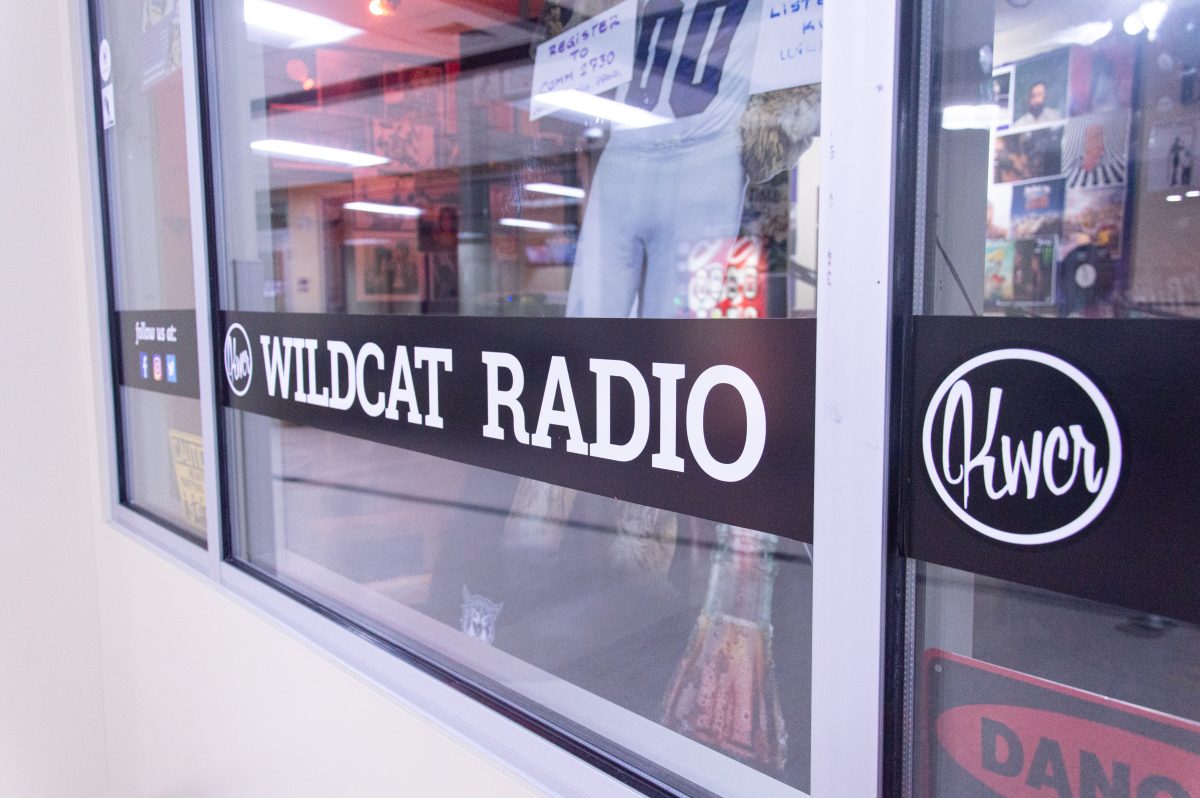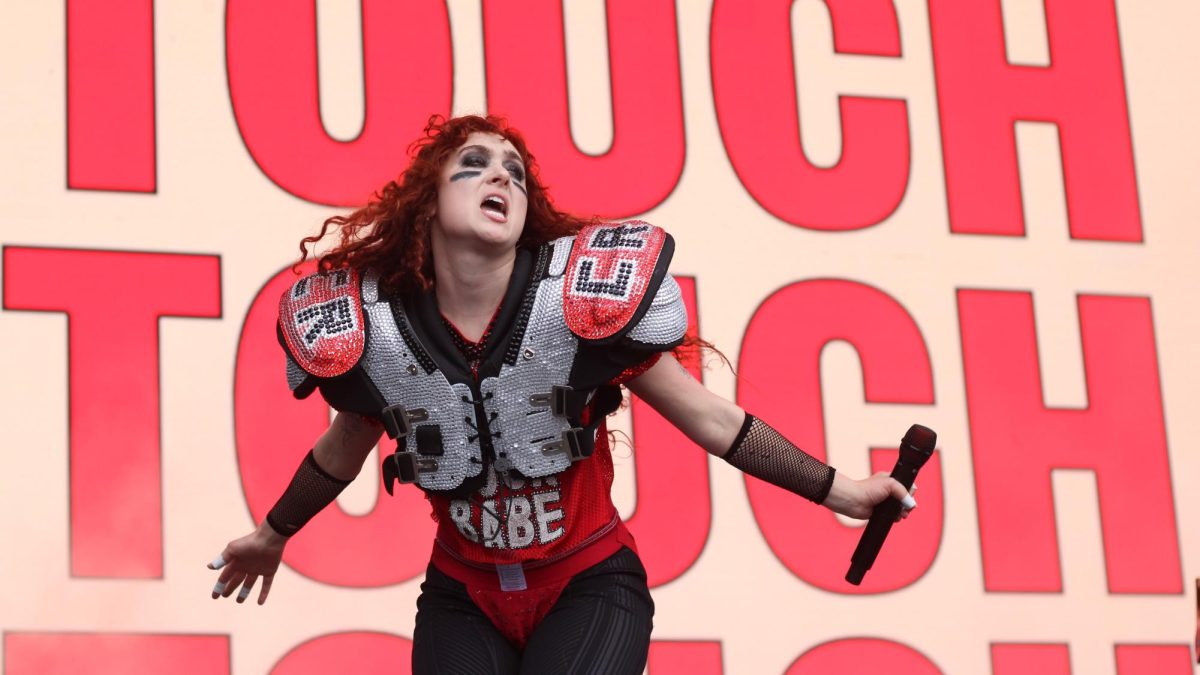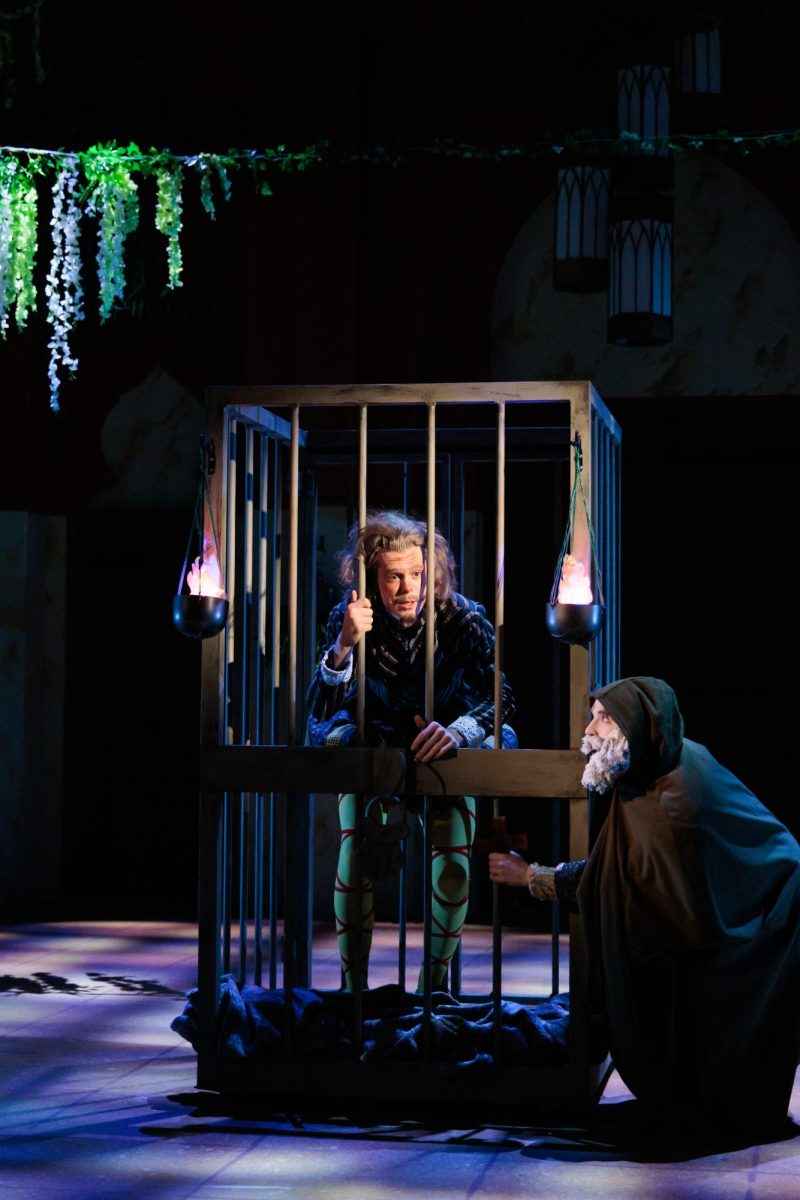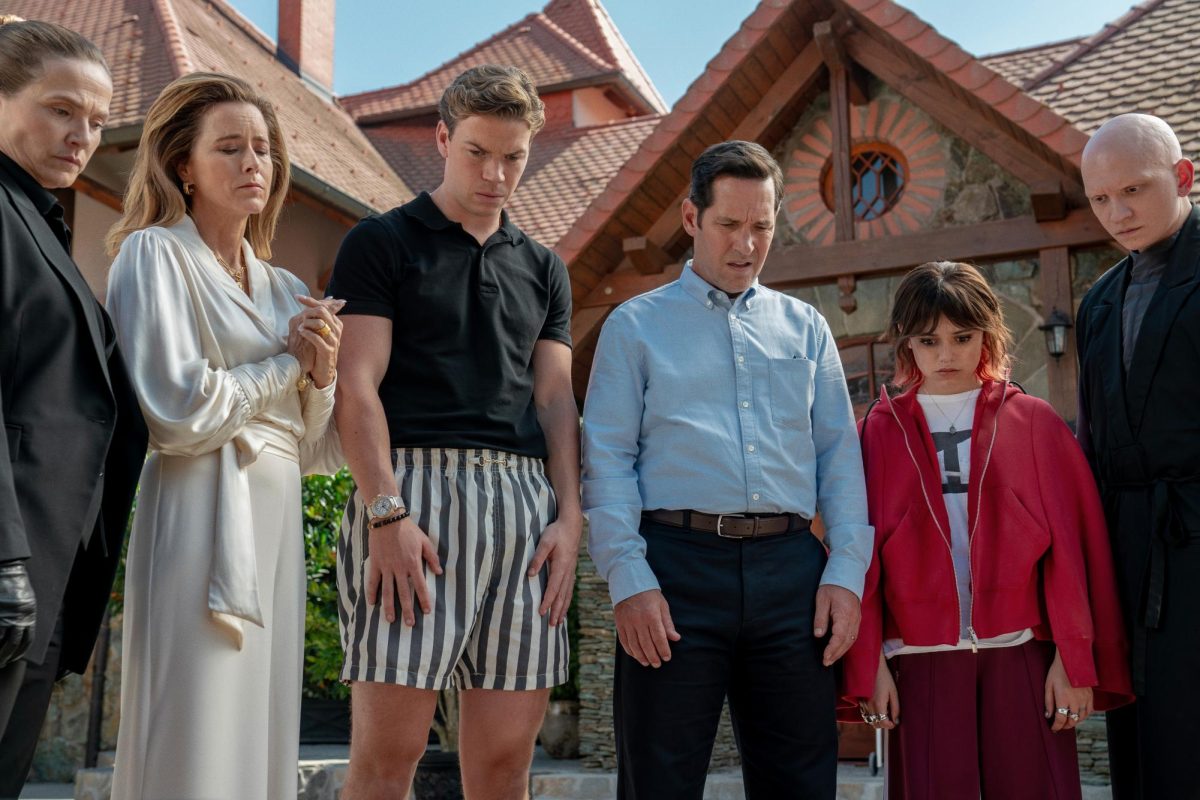
During Halloween we tend to see horror and gore all around. From the books we read and the movies we watch, to the clothes we wear and activities we participate in, this holiday brings out the horror enthusiast we keep deep inside.
While we gravitate towards classic Halloween favorites, such as thriller movies and terrifying tales, there is another form of gore we can enjoy that became popular one hundred years ago.
Horrifying audiences for decades, Le Theatre du Grand Guignol in France produced graphic violence as a form of entertainment.
This theatre was repurposed from a chapel and was constantly censored for showing plays that allowed prostitutes, criminals and vagrants on stage. Several of the first plays shown were shut down due to the violent content and the actors employed.
In 1898, Max Maurey took over the Theatre du Grand Guignol. According to Agnes Peirron, researcher of the Grand Guignol history, “He measured the success of the play by the number of people who fainted during its performance, and to attract publicity, hired a house doctor to treat the more fainthearted spectators.”
The performances acted out on stage portrayed grotesque scenes that included scalping, disembowelments, eye gouging, whippings, drug altered states, torture and hangings.
This infliction of fear on his audience allowed Maury to create a more elevated form of horror. The theatre capitalized on this idea by focusing on different forms of fear in their plays. Fear of the unknown and fear of contagion were two favorites. Many characters had contagious diseases such as rabies or leprosy.
In his piece published in the Journal of American Culture, Lois J. Kern explained the idea behind this form of entertainment, “Grand Guignol…sought, through shock and the probing of the innermost recesses of fear, to awaken the deadened soul of its audience.”
Drugs, hypnosis and panic were some of the ways this theatre exploited the audiences’ fear, which drew in crowds. But the ultimate goal of the plays was to explore the idea of death. This was done in countless ways.
“When the Grand-Guignol’s playwrights expressed an interest in the guillotine, what fascinated them most were the last convulsions played out on the decapitated face,” Peirron said. “What if the head continued to think without the body?”
By exploring this realm of thought, the audiences were allowed access to a form of entertainment that otherwise might have been frowned upon. Opening up this genre for public consumption helped pave the way for entertainment, as we know it today.
One example of modern Grand Guignol style is “Sweeney Todd: The Demon Barber of Fleet Street.” This musical gives us a good look at the plot lines that made Grand Guignol great entertainment.
Spurred by revenge, Sweeney Todd wreaked havoc on Fleet Street after his incarceration. He lured men into his barbershop, murdered them and then served them up in pies for customers to eat.
True to the Grand Guignol style, “Sweeney Todd” has gore, beheadings and the disgusting act of cannibalism. Audiences still gobble it up, much like they did with the many plays performed at Le Theatre du Grand Guignol.



